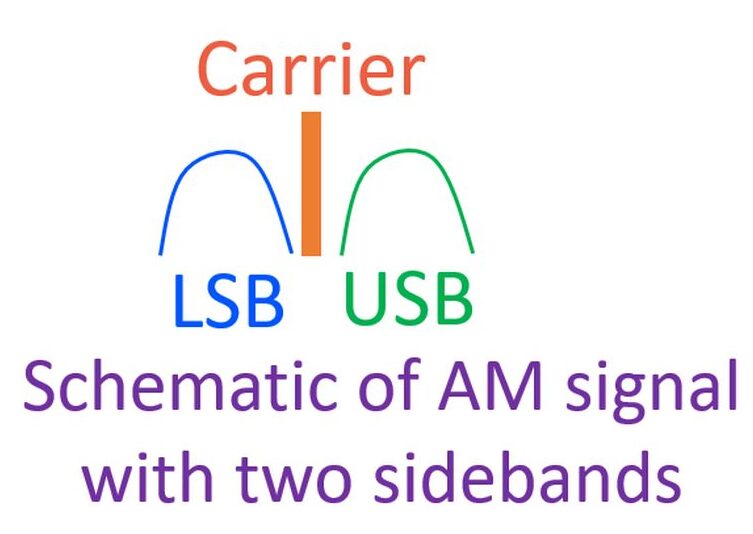What is Single Side Band (SSB) in Amateur Radio?
What is Single Side Band (SSB) in Amateur Radio?
Amplitude modulation (AM) transmission uses modulation of the RF signal with the audio signal, typically at the stage of final RF amplification. If a 7 MHz signal is modulated with 5 KHz audio, there will be two sidebands along with the carrier which will spread above and below the carrier. They are called upper side band (USB) and lower side band (LSB). Half of the final RF power output is taken by the carrier while the rest is taken by the two side bands. So if the carrier and one sideband is eliminated, effective power and range of the SSB signal is much more than an AM signal.

But an SSB signal cannot be detected by an AM demodulator in a broadcast receiver. It needs a communications receiver to make SSB signals intelligible to the listening ear. Another option which was popular when I started as an Amateur Radio operator was to use a Beat Frequency Oscillator (BFO) to introduce a carrier into the received SSB signal so that it can be detected in a broadcast receiver just like an AM signal. Usually LSB transmission is used below 10 MHz and USB above that. That is why popular 40 m Amateur Radio band uses LSB while the popular DX 20 m band uses USB.